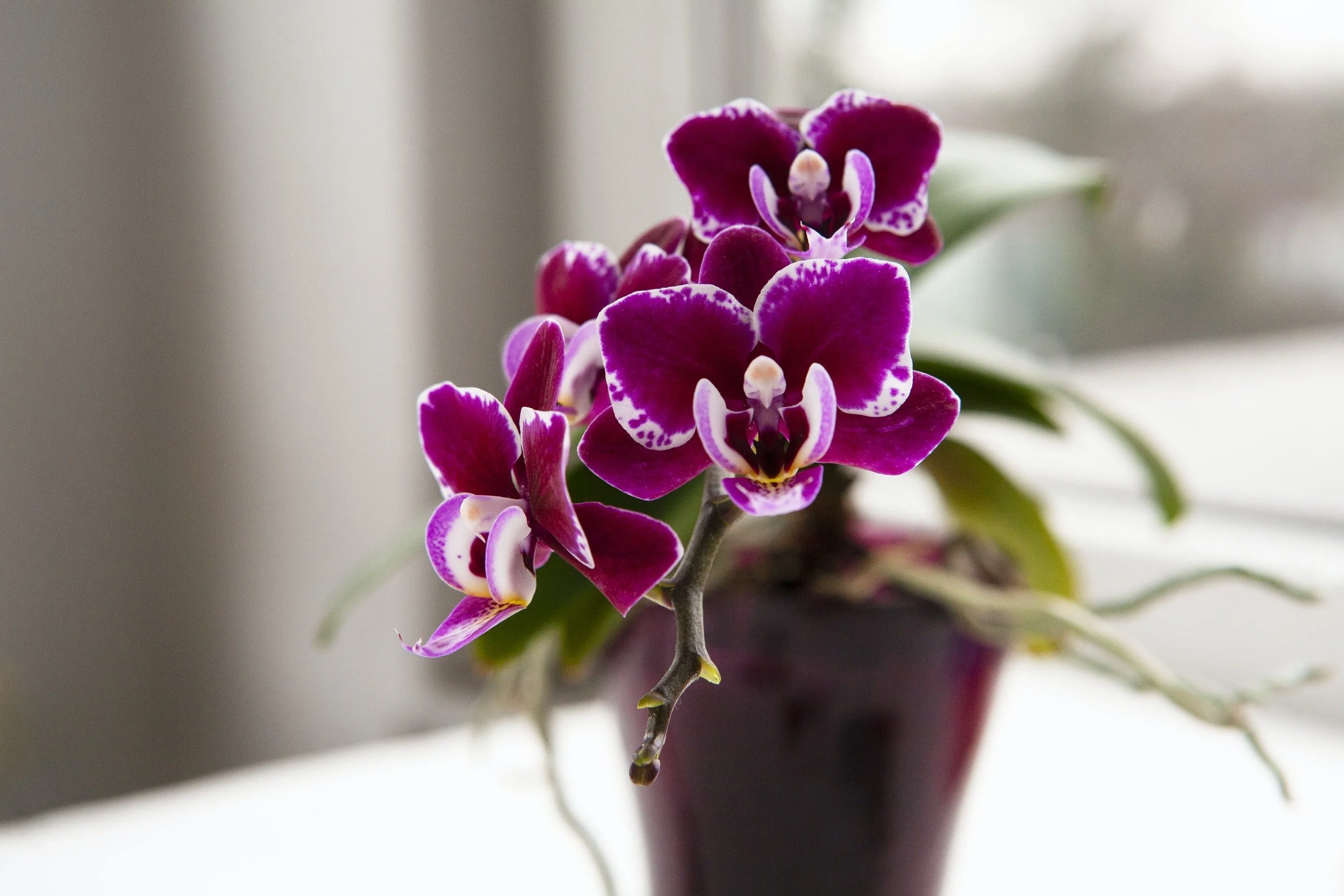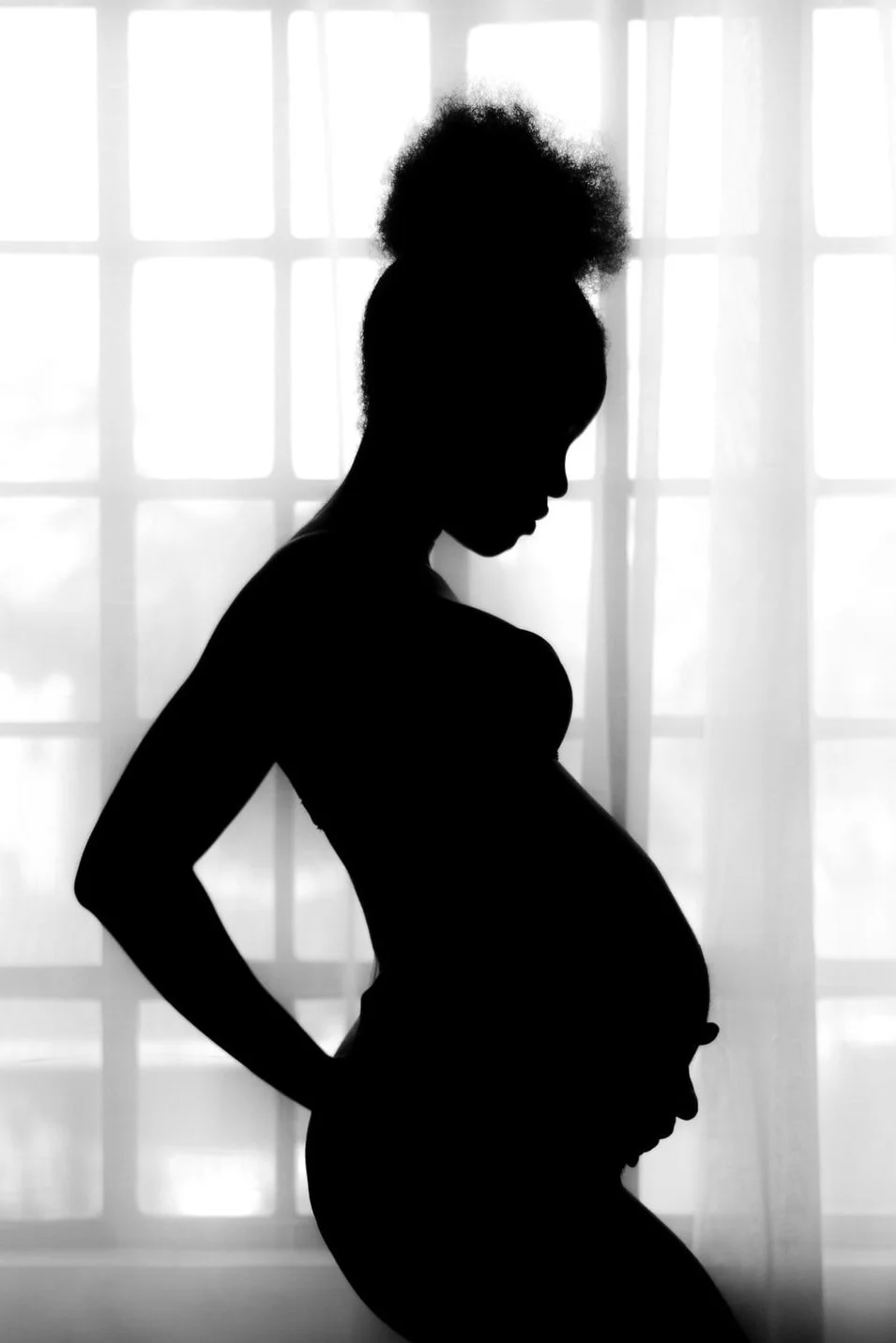Vol 29: As the orchids bloom
A popular theory amongst gardeners is that the lunar cycle can affect plant growth. It follows that as the moon’s gravitational pull alters the rise and fall of ocean tides, it also directly influences the amount of moisture in the soil. In doing so, planting seeds in the right moisture conditions will allow the seeds to germinate much faster and accordingly yield bigger, healthier plants.
Temperature is also an important factor to consider. For example, perennials like orchids, which in Japanese culture symbolize good luck and prosperity, grow best and bloom when there’s no more than a 10 to 15-degree difference between daytime and night time temperatures. But even in the most ideal conditions of adequate sunlight, temperature and moisture balance, growing plants is not my finest attribute.
My mother has mastered the art with an inherent skill that rivals any gardener anywhere in the world but, in this regard, the apple has unfortunately fallen far from the tree. I’ve often tried to grow them in my office but within days they just faint and give up on life. The leaves wilt and turn yellow and the flowers drop off one by one in a slow despicable walk to the grave. It’s very sad and has occurred so often that recently one of my patients abruptly suggested that I consider investing in a fake plant.
The patient highlighted in today’s report, however is the polar opposite. Though quite new to gardening, she has a beautiful yard and growing orchids is now one of her most beloved hobbies. She finds it incredibly relaxing, which in part helps to alleviate the stress of her demanding job. She also uses it as a time of self-reflection. A mother of two, she almost died giving birth to her youngest son and she shares her extraordinary story with you today. We’ll call her Diana.
Thirty years ago, at the age of 19, Diana began experiencing unusually heavy bleeding with her menstrual cramps. At first it felt like the organs in her lower abdomen were being crushed. Eventually it became so severe that it felt like she was being ripped in half by a dull blade, searing deeper into her body, for hours without end. Her family became deeply concerned and her cousin referred her to a gynecological specialist. A transvaginal ultrasound was inconclusive so her doctor opted to perform laparoscopic surgery.
At that point, two cysts were discovered on her right ovary and Diana was diagnosed with endometriosis. The cysts were surgically removed and for six joyous months she was pain-free. Then, without warning, the symptoms reappeared and the agony started all over again. This time it was even worse.
Another ultrasound was performed revealing that she now had six cysts on her left ovary so she underwent a second surgery to remove all of the cysts and part of the affected ovary. Because of the extent of her operation, she was advised that it would be highly unlikely that she could ever become pregnant or bear children to full term. Diana was devastated. She’d just gotten engaged the day prior and had to tell her fiancé that she would never be able to bear him a child. A man of strong faith, raised in a Christian home, the news didn’t faze him and he stated emphatically that he was okay with whatever God had in store for them. They were married as planned and, to their utter shock, less than 50 days into their marriage she became pregnant.
Late into her first trimester, while at work, she started having intense back and abdominal pain so she went to the bathroom and began to experience profuse vaginal bleeding. She was certain that she was having a miscarriage. Her husband took her to her obstetrician-gynecologist (OB-GYN) but they were informed that their baby was fine. She had a placental abruption where the umbilical cord had become detached from the uterine wall. She was placed on bed rest for two weeks and her symptoms resolved, so she went back to work and delivered a healthy son at 36 weeks without issue.
Five years later she became pregnant for a second time. Her pregnancy was smooth until at 40 weeks she suffered from two weeks of horrific and unyieldingly intense contractions. Labor was induced at the advice of her OB-GYN but vaginal delivery wasn’t working so she was taken to the operating theater for an emergency C-section. Before removing her second son from the womb, they noted with astonishment that his umbilical cord was tied in a knot around him so if she had continued with natural birth, her baby would have in all likelihood died.
One week following her delivery, while preparing for her follow-up visit with the doctor, she could barely move. She had a sharp pain at the back of her neck, her thinking was distorted, she felt weak, nauseous and she could sense that her vitals were crashing quickly. Her mother drove her to her appointment as planned. Vitals showed her blood pressure was dangerously elevated. Disoriented and barely able to stand, she failed every reflex test.
She was rushed to the emergency room and within minutes of getting there her body became paralyzed. She seized up and began shaking, forcibly and uncontrollably, slamming her body against the gurney bed until ultimately losing consciousness.
Her mother was ushered into a small waiting room with her five-year and one-week old grandsons. Waiting there with them she called Diana’s husband who was driving from work, quickly swerving in and out of traffic to be with his family. Alone and afraid, she clutched her grandsons tightly knowing that her daughter was in a room full of strangers and facing the biggest fight of her life.
Diana was diagnosed with postpartum preeclampsia and regained consciousness once her attending physicians were able to control her seizures. She remained in the hospital for three days to control her blood pressure and the alarmingly high level of protein in her urine, which is pathognomonic for this condition. It was 2004 and Category 3 Hurricane Frances was rampaging over the island leaving 75% of the entire Bahamas archipelago without electricity and severely limiting contact with her family.
Before being discharged she was placed on several medications, including aspirin, an antibiotic, pain medication, two blood pressure pills and an incredibly strong and addictive anti-seizure medicine. The anti-seizure medicine was then switched after two weeks to something similar but she suffered from an intense withdrawal episode of powerful body tremors, elevated blood pressure and critical insomnia that landed her back in the emergency room.
She was diagnosed with anxiety disorder and post-partum depression. She was switched from that anti-seizure medication to another and she’s been on it daily for nearly 18 years. Her take home message is for patients to do their own research regarding their prescribed medications and to ask a lot of questions about all of their potential side effects.
Today, my patient uses gardening to control her stress levels and relies less on medication. Mercifully, despite all of the many challenges that she’s endured, life has become somewhat routine.
With her husband, sons, mother and extended family at her side, she feels exceedingly grateful for all of her many triumphs. So, still hopeful for what tomorrow may bring, every evening before darkness falls and the orchids near their bloom, she gathers her dogs and returns to her garden. Deep inside she knows that she is immeasurably blessed as she stands there, happy and smiling, watering her plants altogether surrounded by the promise of a moonlit night and comforted by the memories of days gone by.
This is The KDK Report.





